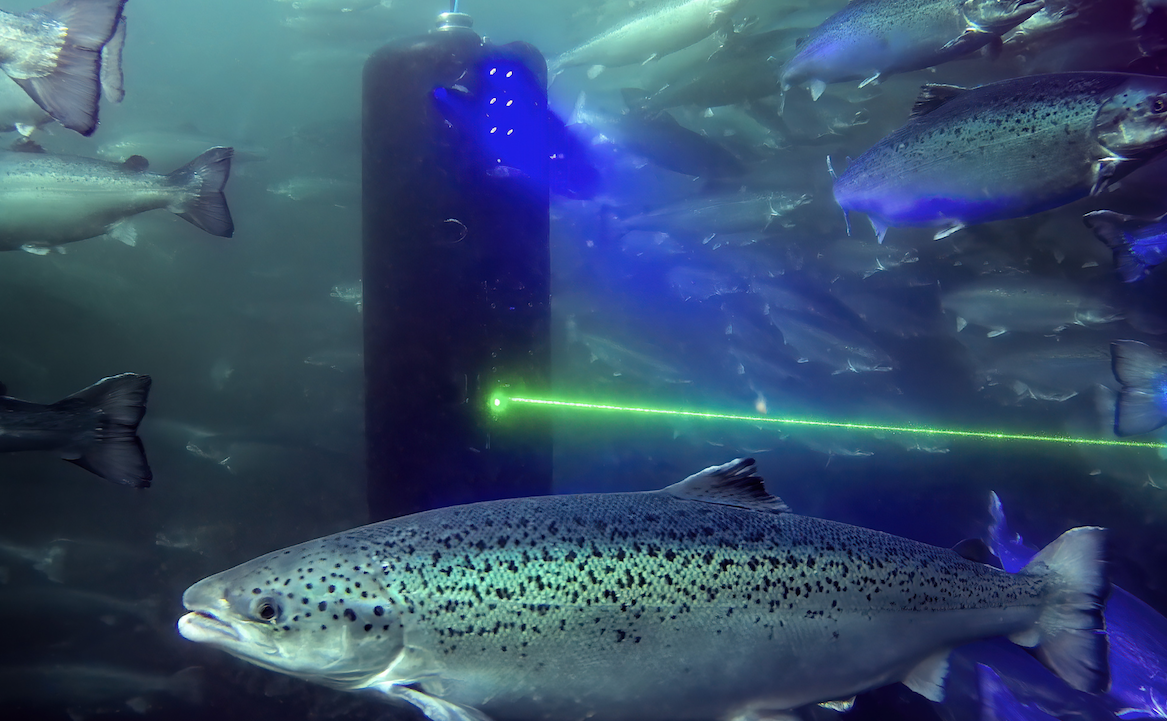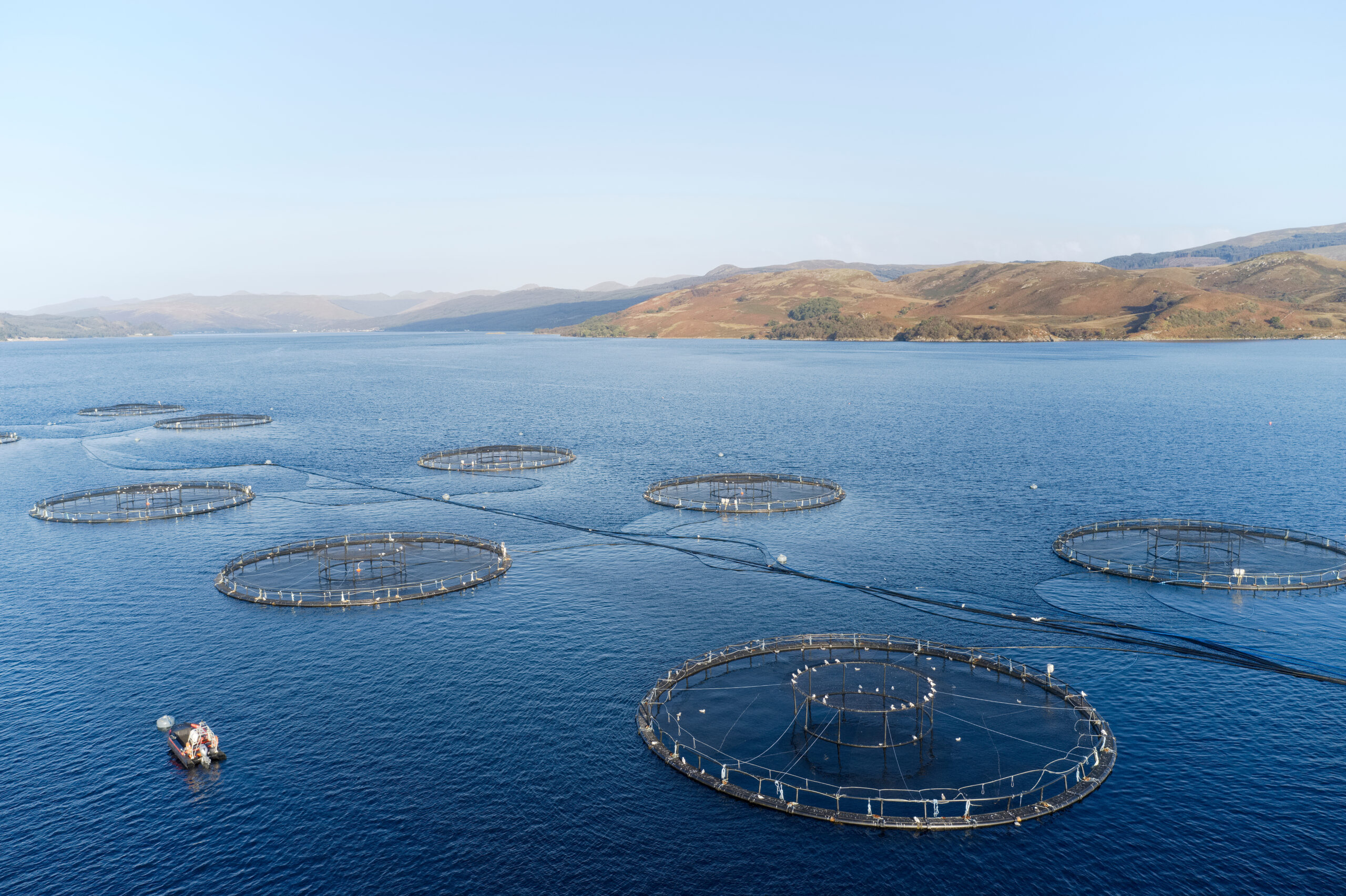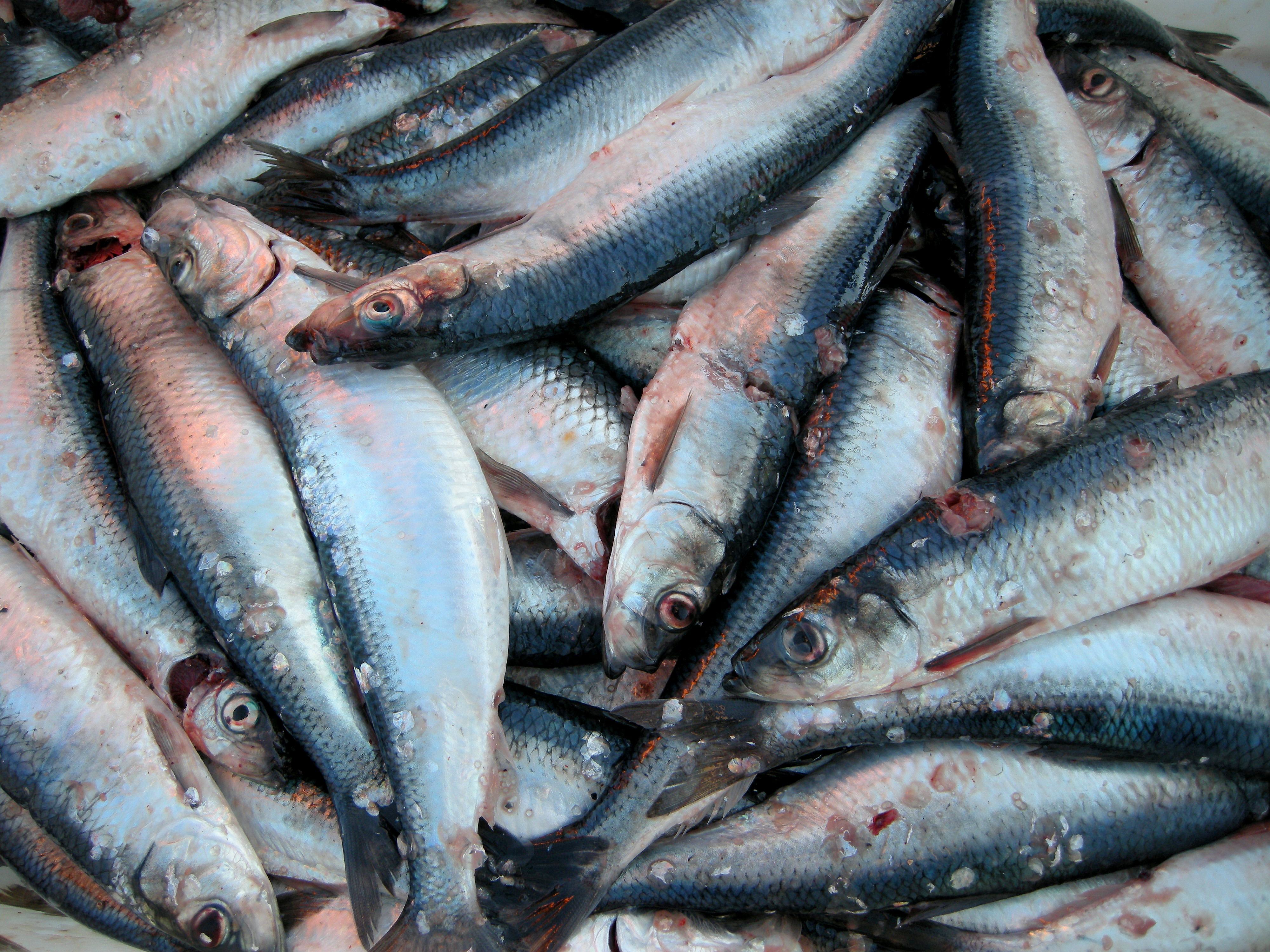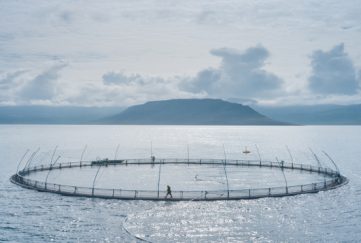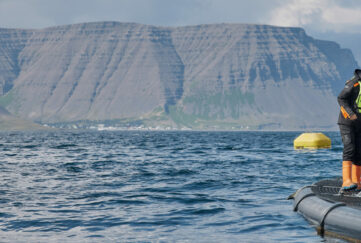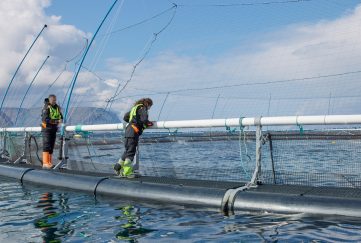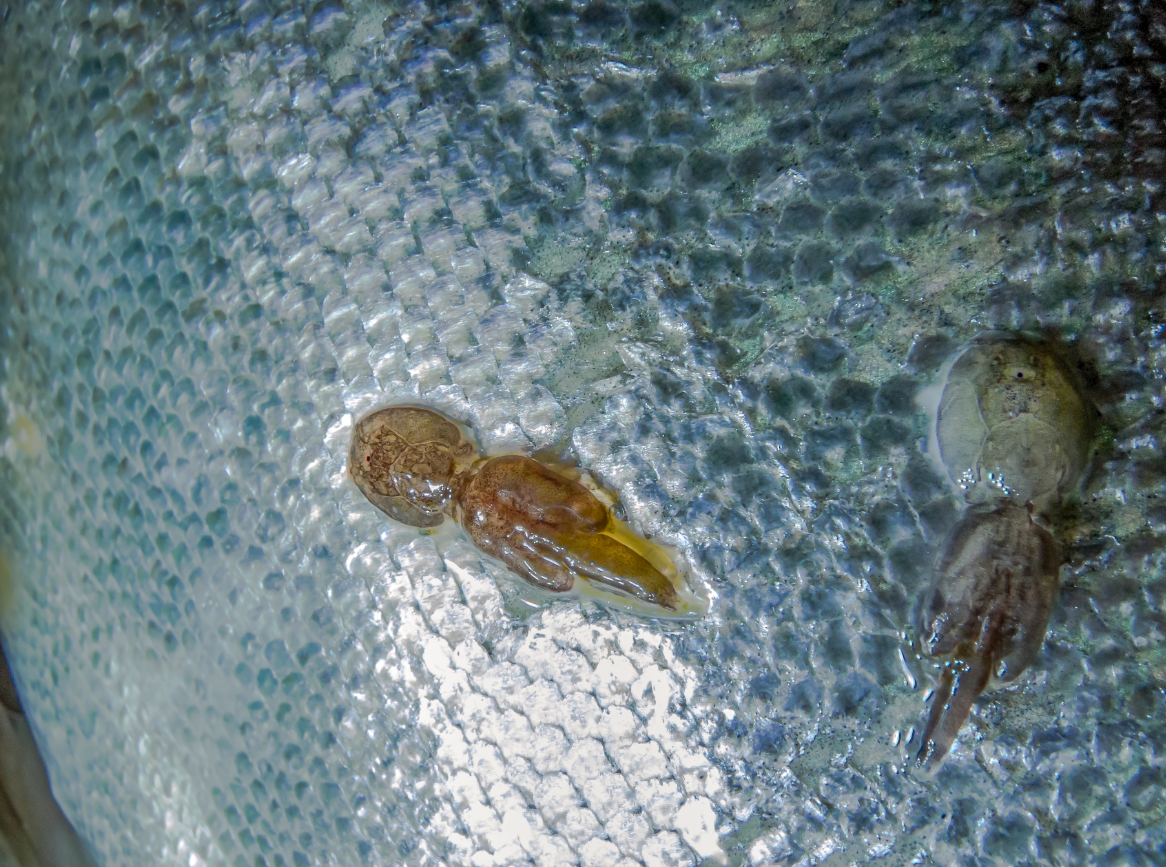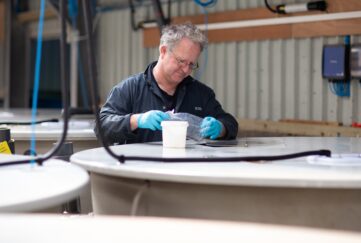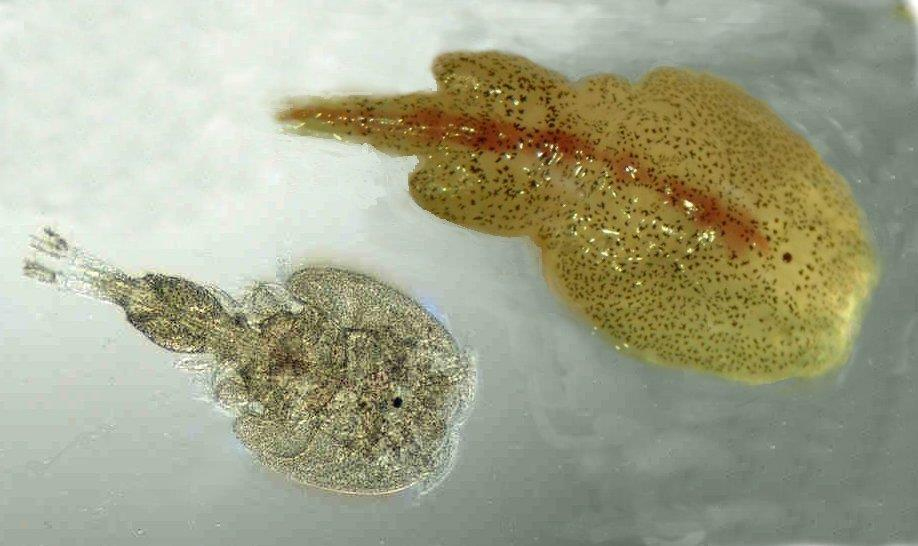Posts Tagged ‘sea lice’
Nordlaks hails lasers in battle against lice
North Norwegian salmon farmer Nordlaks says it is so pleased with laser technology in tackling lice that it has decided to invest in up to 50 machines. Nordlaks says it has tested the use of lice lasers from Stingray Marine Solutions at two locations, Havfarmen outside Hadseløya and Litjevika in Dyrøy municipality. The lasers (pictured)…
Read MoreSEPA to go ahead with wild salmon protection zones
The Scottish Government is to press forward with the roll-out of “Wild Salmon Protection Zones” which will restrict fish farming in areas seen as high risk for wild salmon. The proposed regulatory framework has not, however, been welcomed by Scotland’s salmon industry. The Scottish Environment Protection Agency (SEPA) has been consulting on its plans for…
Read More800,000 wild fish killed by salmon delousing – claim
Tens of thousands of herring were killed in salmon delousing operations in British Columbia, Canada last year, it has been revealed. The information has been collected by the Canadian Department of Fisheries and Oceans which shows that around 817,000 wild fish – most of them herring – perished in operations in 2022 as the result…
Read MoreArnarlax owner faces high lice bill
A recent serious salmon lice infestation could cost the Icelandic Salmon company (also known as Arnarlax) up to £5m, the business has reported. Last month Icelandic Salmon decided to take out significant volumes of fish from Tálknafjörður in the Westfjords region of Iceland. Icelandic Salmon, which is owned by Norway’s SalMar, said: “This will have…
Read More€100m growth related loan facility secured for Arnarlax
Icelandic Salmon has successfully secured a sustainably linked €100m (£87m) bank facility through its subsidiary Arnarlax. Chief financial officer Jónas Heiðar Birgisson said the facility will support the company’s growth strategy and enhance operational flexibility. It is also aimed at refinancing existing loans. The arrangement was carried out in collaboration with DNB, Danske Bank, and…
Read MoreSome de-licing methods can increase disease risk, study finds
Some sea lice treatments can increase the risk of bacterial infection for salmon, according to research by the Norwegian Veterinary Institute. A study found that thermal and non-thermal exfoliation of salmon by brushing or rinsing can result in a higher risk of the disease pasteurellosis. The findings are based on extensive tests carried out by…
Read MoreLice infestation forces Iceland slaughter
Thousands of salmon in western Iceland have been prematurely slaughtered due to high lice numbers. The worst hit area is around Tálknafjördur in the southern Westfjord region. MAST, the Icelandic Veterinary Institute, reported two weeks ago that lice infestation in the area had increased to unprecedented levels and ordered special measures to be taken. Iceland’s main…
Read MoreIceland orders special measures to tackle rising lice numbers
Veterinary authorities in Iceland have ordered additional measures to be taken in the Westfjords region, its main salmon farming area, following reports of high numbers of sea lice. While Iceland has not been lice-free, the industry there has not suffered to the same degree as Norway, for example. But all that could be changing for…
Read MoreThirty years of MERL
The Institute of Aquaculture’s Marine Environmental Research Laboratory has played a key role in the development of aquaculture over three decades For three decades, the Marine Environmental Research Laboratory (MERL) has been at the vanguard of aquaculture research and innovation. Part of the University of Stirling’s world-leading Institute of Aquaculture (IoA), the coastal facility near…
Read MoreScottish Government orders weekly sea lice reporting
Mandatory reporting of sea lice numbers has moved to a weekly basis for Scottish fish farmers. An Order was laid in the Scottish Parliament introducing what the Scottish Government call a “step change” in sea lice reporting. It requires average weekly female sea lice numbers per fish to be reported one week in arrears, in…
Read More
